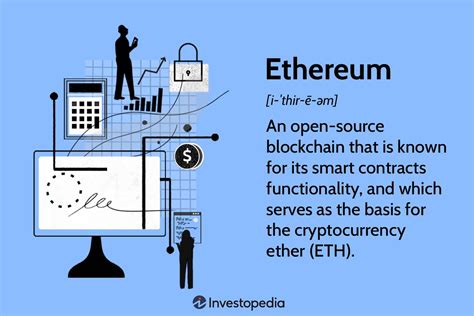Here is an article on the subject:
Ethereum: What is the difference in token price between exchange and the addition of liquidity in uniswap v3?
When it comes to interacting with decentralized grants (DEX) like uniswap v3, understanding how the prices of tokens are calculated can be crucial for merchants and investors. One of the main differences between the exchange of an discussion token to another compared to the addition of liquidity consists in calculating the price of 1 token on the new market.
In this article, we are going to dive into the calculations involved in the exchange of tokens and add liquidity to the uniswap v3, exploring how the costs can have an impact on pricing and what factors influence the difference between these two scenarios.
Exchange of a Token: The Bases
When you exchange an exchange token (for example, weth) to another (for example, USDC), you mainly exchange a token for another. This process is to execute a liquidity provision on uniswap, which allows users to borrow or lend tokens to the pool at a fixed price.
The Calculation Involves:
Depth of the market : The current depth of the market represents the average size of the mark.
Order Book : The Order Book Reflects The number of purchase and sale orders for each token in the swap.
Price : The price is calculated as the difference between purchase and sales orders for a fixed margin (for example, 20%).
Exchange costs : A modest sum is deducted from the depth of the market to cover the operating costs of uniswap.
Addition of Liquidity: The New Market
When you add liquidity to uniswap v3, you do not exchange a token against another; Instead, you create a new position by providing purchase and sales orders with different differences.
The Calculation Involves:
Pair of tokens : The pair of specific tokens that you want to exchange (for example, weth-USDC).
Price : You must calculate the price of 1 token in the new market using historical data or market information in real time.
Spread : The gap represents the difference between purchase and sale prices for your pair of tokens.
Add Liquidity costs : A low amount is deducted from your balance to cover the operating costs of uniswap.
Price Differences
The main difference between the exchange of a token and the addition of liquidity lies in the way the pricing is calculated:
* Swap
: The price is calculated according to the order book, with deducted costs.
* Add Liquidity : The price is calculated directly using historical data or information on the market in real time, without considering the costs.
This means that if you exchange a token, your profit / loss will be assigned by exchange costs. On the other hand, the addition of liquidity considerers only the spread of your pair of tokens on the new market.
costs and factors influencing prices 
Several factors may have an impact on the price difference between Exchange and the Addition of Liquidity:
* Exchange costs : A modest sum is deducted from your balance for each transaction.
* token price flucations : Changes in the value of one or two tokens can affect prices.
* Depth of the Market : A Greater Market Depth Often Leads to a drop in prices due to the increased competition between traders.
* Sizes of order notebooks : Smaller Control Books Can Lead to Higher Costs and, Therefore, Different Prices.
Conclusion
When you interact with uniswap v3, understanding the calculation involved in the exchange of a token in relationship to the addition of liquidity can help you more informed decisions. Although Exchange fees affect prices, factors such as market depth, command carnets size and propagation influence the real price difference.
By recognizing these differences, you will be better equipped to sail in the complexities of decentralized trade on ethereum and optimize your investments accordingly.